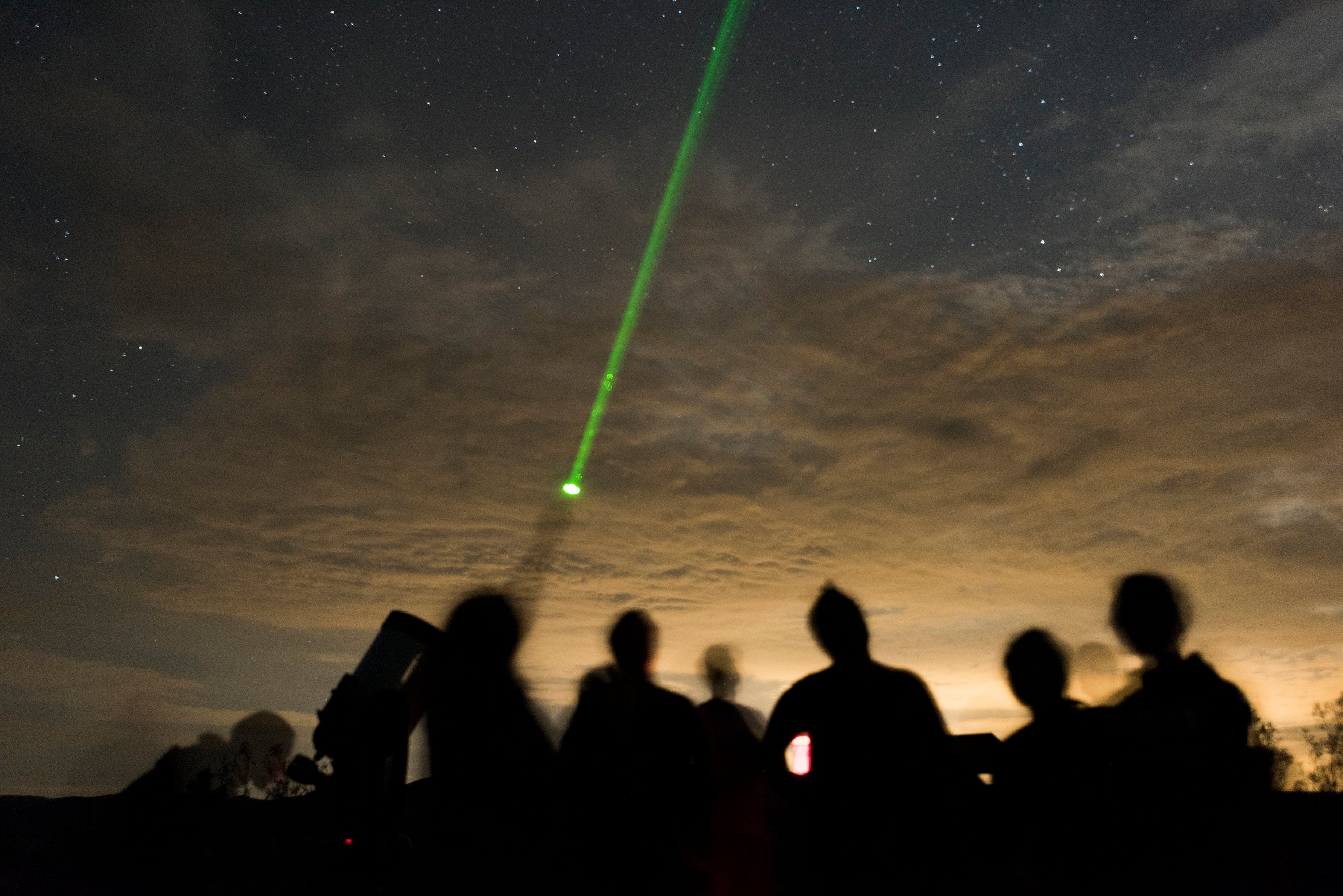
Our readers could probably recite a dozen reasons they put up with freezing air, fogged lenses, expensive accessories, and time-consuming mount collimation in order to experience hands-on astronomy.
Backyard astronomers often uncover new secrets like variable star anomalies and never-before-seen comets that advance our science. But while saluting those dedicated amateurs, let’s admit most of us are mainly in it for fun. And if the frustrations sometimes mask the enjoyment, maybe we should occasionally remind ourselves of astronomy’s unique highs, since our rewards can assume unusual forms found nowhere else. Sure, those who’ve earned an astrophysics Ph.D. have the satisfaction of being able to handle differential calculus to probe the orbital secrets of mysterious objects — like whatever it is that orbits Epsilon (ε) Aurigae every 27 years and weirdly cut its light in half. For the rest of us, though, our fun comes in various forms.
First, though, what exactly do we consider fun? Some of us find it fun to test ourselves, especially to lay our eyes on odd, wonderful sights. For instance: As claustrophobic and stuffy as the Giza pyramid’s main passageway was, and as painful as it was to walk steeply bent over through its 4-foot-high (1.2 meters) passageway feeling suffocatingly entombed beneath a million tons of limestone and granite, I felt I should do it once in this lifetime. At the eyepiece, one never feels any comparable psychological terror — unless you count the horror as you watch your savings drain into the cost of your dream telescope.
So, what exactly makes astronomy fun? Let’s dissect its little-explored aspects.
- Challenge. As in the case of my pyramid story, succeeding at tough tasks is enjoyable to many people. Astronomy offers great challenges, and sometimes they’re not even terribly hard. I still feel elated 40 years after glimpsing Uranus and the asteroid Vesta with just the naked eye.
- Weirdness. Strangeness holds an undeniable attraction. People still sneak into Centralia, Pennsylvania, because an underground fire has been raging there for a half-century. Similarly, while the Cygnus star HDE 226868 (better known as Cygnus X-1) only looks like a pinpoint through a backyard instrument, you can take pleasure in its strangeness if you know you’re looking at an invisible black hole hurtling around the massive star visible in your eyepiece. It offers unique satisfaction.
- Beauty. Many fight crowds to get a quick glimpse of the Mona Lisa. Sure, she’s got a nice smile. But the thing is, beauty produces a singular kind of pleasure even if there’s no rational explanation for it. So when our eyes land on a gorgeous celestial object, we recognize it on the spot. A bright comet. Saturn’s rings. Vega through a spectroscope, its colors purer and more intense than any rainbow. We may be all alone at the eyepiece, but we’re grinning like — well, like Ms. Lisa.
- Philosophy. What is the meaning of everything? Yeah, good luck with that. Nonetheless, there’s something about a rich-field exploration of the Milky Way that conjures a sense of infinitude. What you make of that wonderful feeling may be a private excitement. But it’s not nothing. And anyone who thinks part of observing’s fun isn’t being totally pulled away from the trivialities of the 6 o’clock news hasn’t been looking through the right end of their instrument.
- Sharing. Rarely in life can you share something perfectly. You and a buddy could both look at a mountain, but your companion might focus on clouds sweeping its summit while you’re into the late-day orange sun glinting off snowy outcrops. But a telescope’s field of view is self-defining. If the Orion Nebula is centered, a friend’s turn at the eyepiece will reveal precisely the same gassy, gull-wing curves that enchanted you a minute earlier.
No wonder an astro-session’s soundtrack often includes giggles and applause, even if they’re only heard by Orion and the occasional owl.
A note to my readers: Due to changes, this is the final Strange Universe, and I will miss you all. It’s been an honor to explore this eccentric cosmos with you for the past quarter-century.









